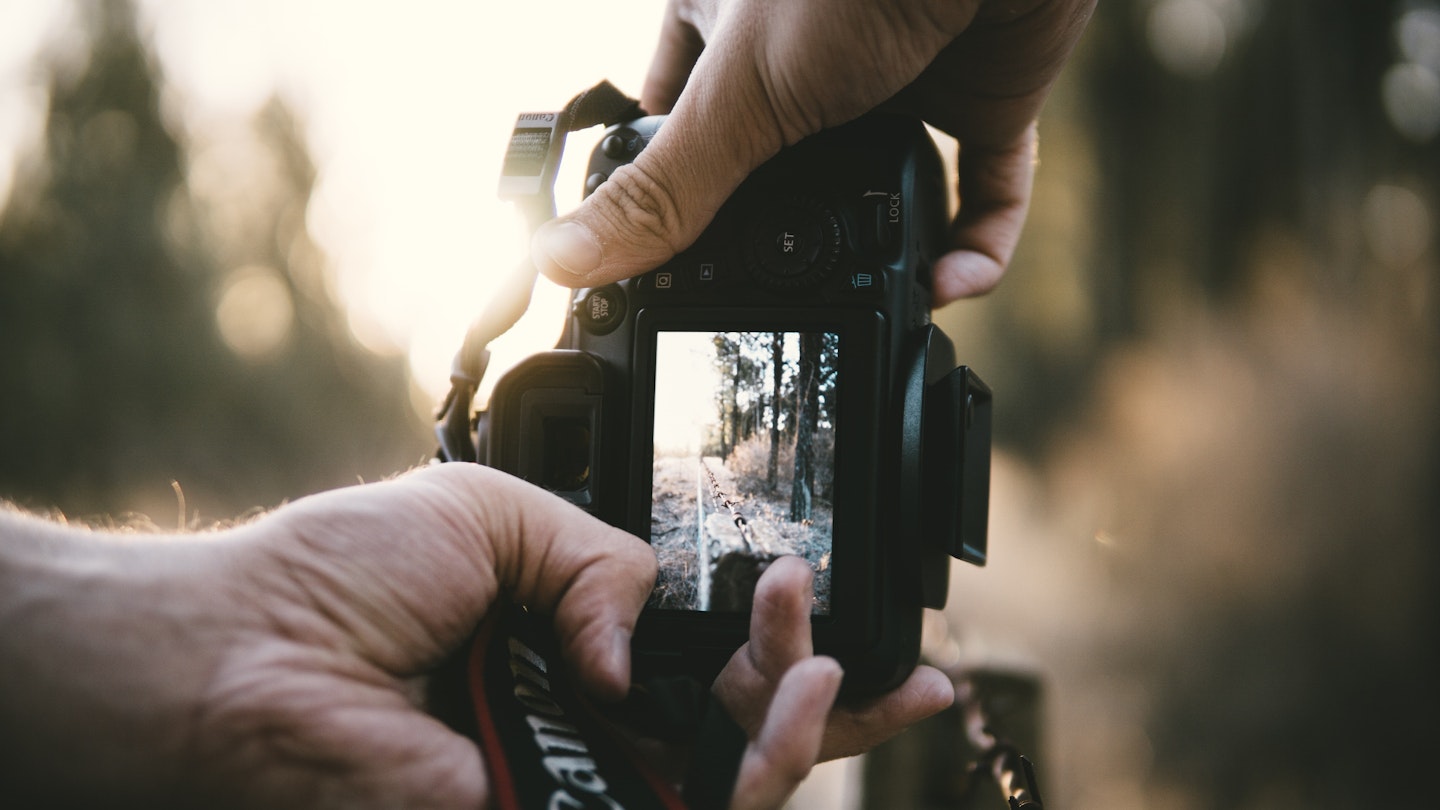Taking wildlife pictures can be incredibly rewarding, although no matter what the outcome, they're always very challenging. As to get to the final product, you're going to need a lot of attention, persistence and you'll have to be meticulous.
There are several factors to consider when purchasing a new wildlife camera, these include the autofocus, lens range, sensor size, weight, battery life. and more.
Our range of wildlife cameras includes a wide range of products, each varying in weight, battery life and features, so whether you're an entry-level photographer or you're more of a seasoned professional, you'll find it here.
What to consider when buying a wildlife camera
Quick and adjustable autofocus - it's important that the camera can take good pictures in poor lighting and that the autofocus is good enough to give you clear and crisp shots.
Fast burst mode - this will allow you to take several images so that you get a higher chance of capturing the right shot.
Good buffer depth - this enhances the fast burst mode, allowing you to take plenty of pictures at once.
Lens range - it's important to have a large lens range, as this will allow you to get further shots. Make sure it has a built-in zoom lens.
Sensor size - the larger your camera's sensor, the better image and the higher resolution.
Weight - it's important that you get a lightweight or compact camera if you're on the move a lot.
Ergonomics - you'll have to make sure that the camera is comfortable and easy to use, especially for those long hours.
Camera build - depending on the build of the camera, you'll be able to take it on adventures and make sure it's safe and splash-proof.
Battery life - make sure you purchase a camera with long battery life, as you don't want to be in the middle of capturing a shot and the battery dies.
The best wildlife cameras in the UK in 2022:
The best wildlife cameras in the UK in 2022:
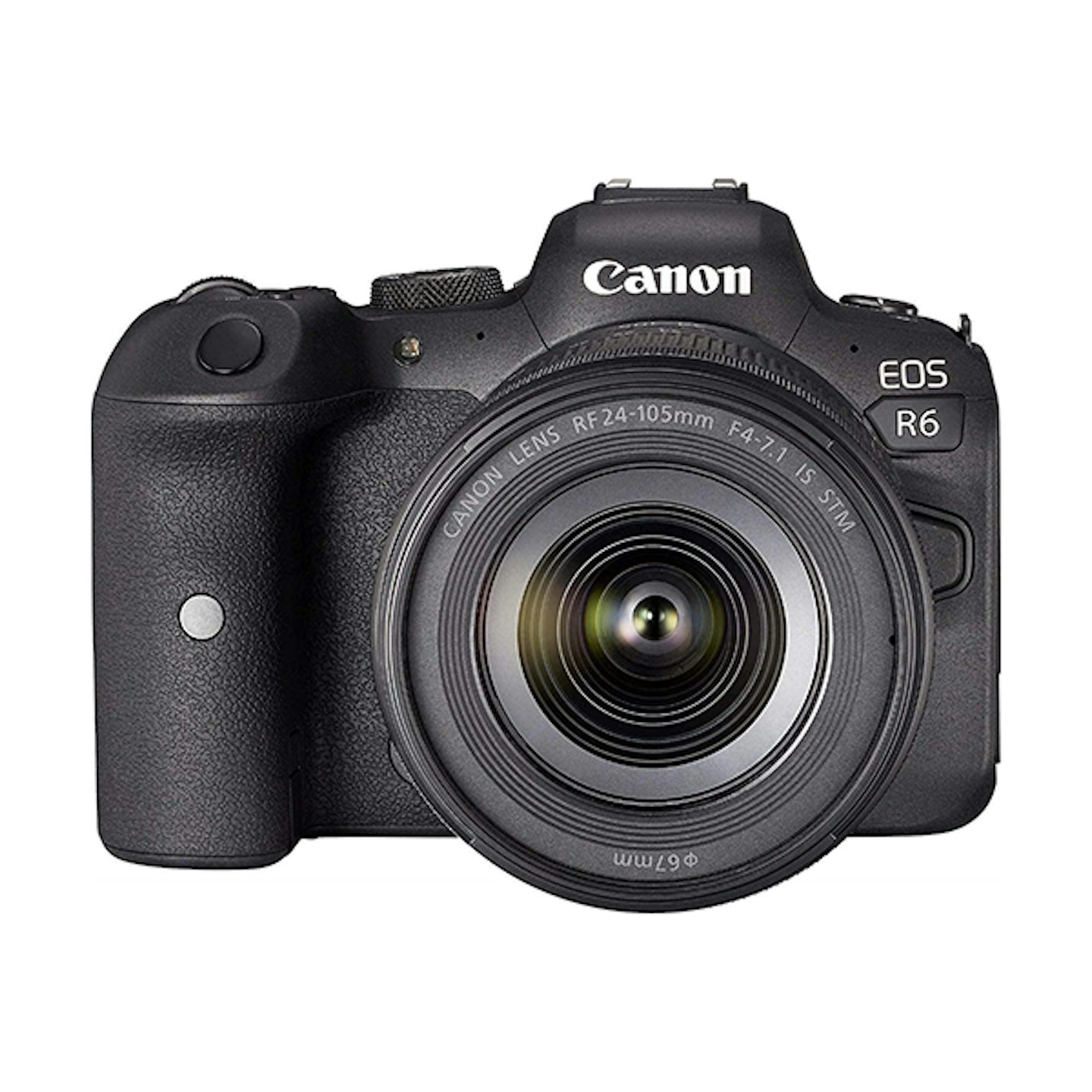 1 of 7
1 of 7Canon EOS R6
We've listed the Canon EOS R6 as the best wildlife camera as it's great for any enthusiast wanting to develop their photography skills. The camera boasts impressive autofocus and with the larger sensor, you are given an extensive range in both high-contrast and low light situations. We also love the Animal AF mode, as this will help you take your wildlife pictures to the next level. It does have a pretty steep price tag, but it is definitely worth the investment. Another perk is the battery life, it gives you 360 shots per session.
Pros: Advanced stabilisation, great AF System
Cons: Expensive, low megapixel count
Spec:
Size: 5.4 x 3.8 x 3.5 inches
Weight: 680g (body)
Camera: Full-frame mirrorless
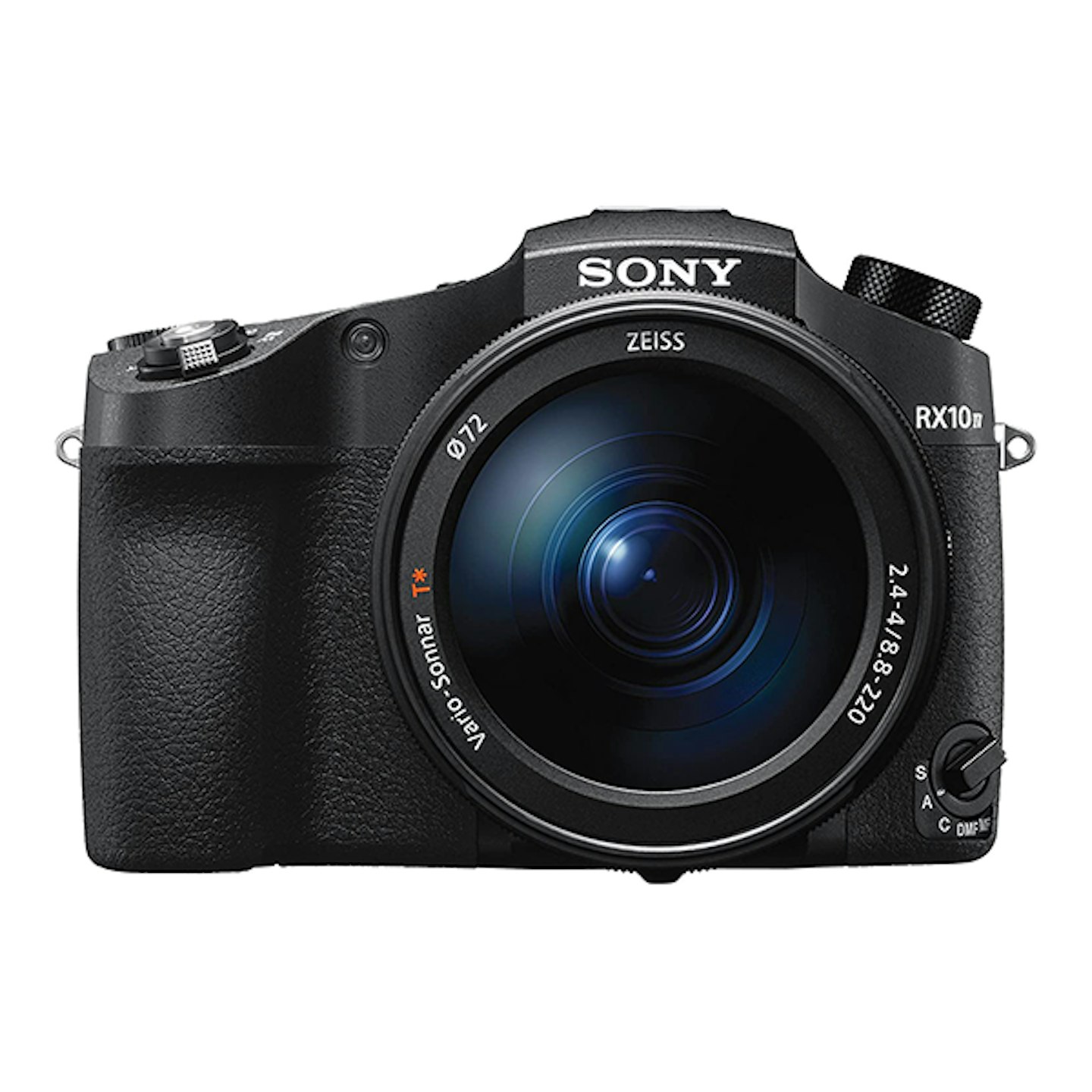 2 of 7
2 of 7Sony RX10 IV
The Sony Cyber-Shot RX10 IV is the full package. If you know you will be travelling and need your gear to be lightweight and compact without compromising on the image quality and frame depth, then this is ideal. It has an incredible 1-inch sensor, an Auto Focus system (315 AF points), and zoom lens range. This camera would definitely set you up for some impressive wildlife adventure.
Pros: Impressive photo and video quality, incredibly fast 24-600mm lens
Cons: Fairly expensive, limited touchscreen
Spec:
Size: 5.24 x 3.7 x 5.71 inches
Weight: 1095g
Camera: Compact
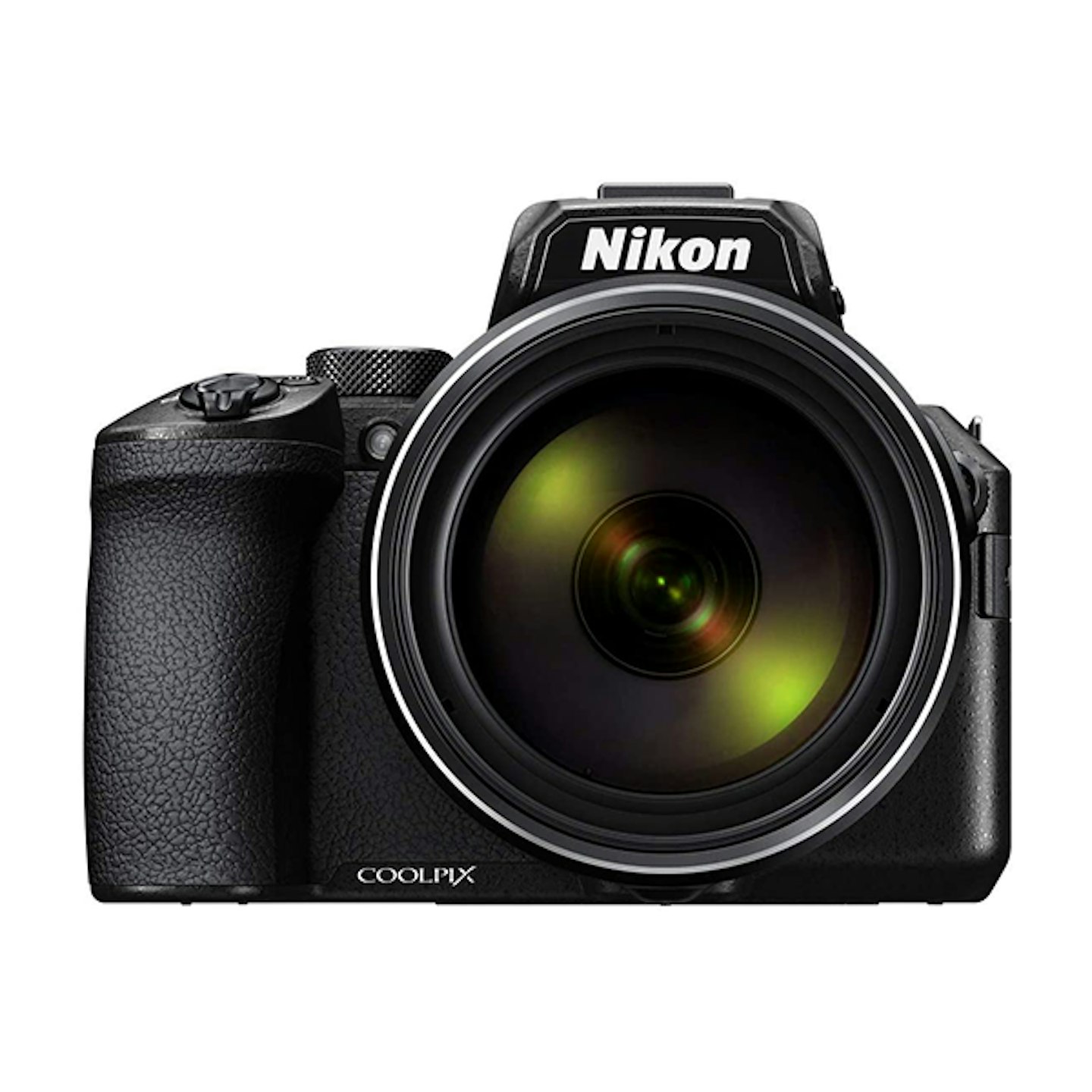 3 of 7
3 of 7Nikon COOLPIX P950
Due to its lens quality and impressive zoom range, this is the best wildlife bridge camera. With its 24-2000mm f/2.8-6.5 lens and 83x optical zoom lens, this model easily beats most of its competitors. The zoom lens is ideal for anyone who wants to take an incredible picture of a landscape or animal far in the distance, but can't get any closer. It is, however, quite heavy to carry around, so if you're on the move a lot, this may not be the one for you. The image quality could also be better.
Pros: Large zoom range and selection, great lens quality
Cons: Not the best image quality, no touch-screen
Spec:
Size: 5.51 x 4.33 x 5.91 inches
Weight: 1005g
Camera: Compact
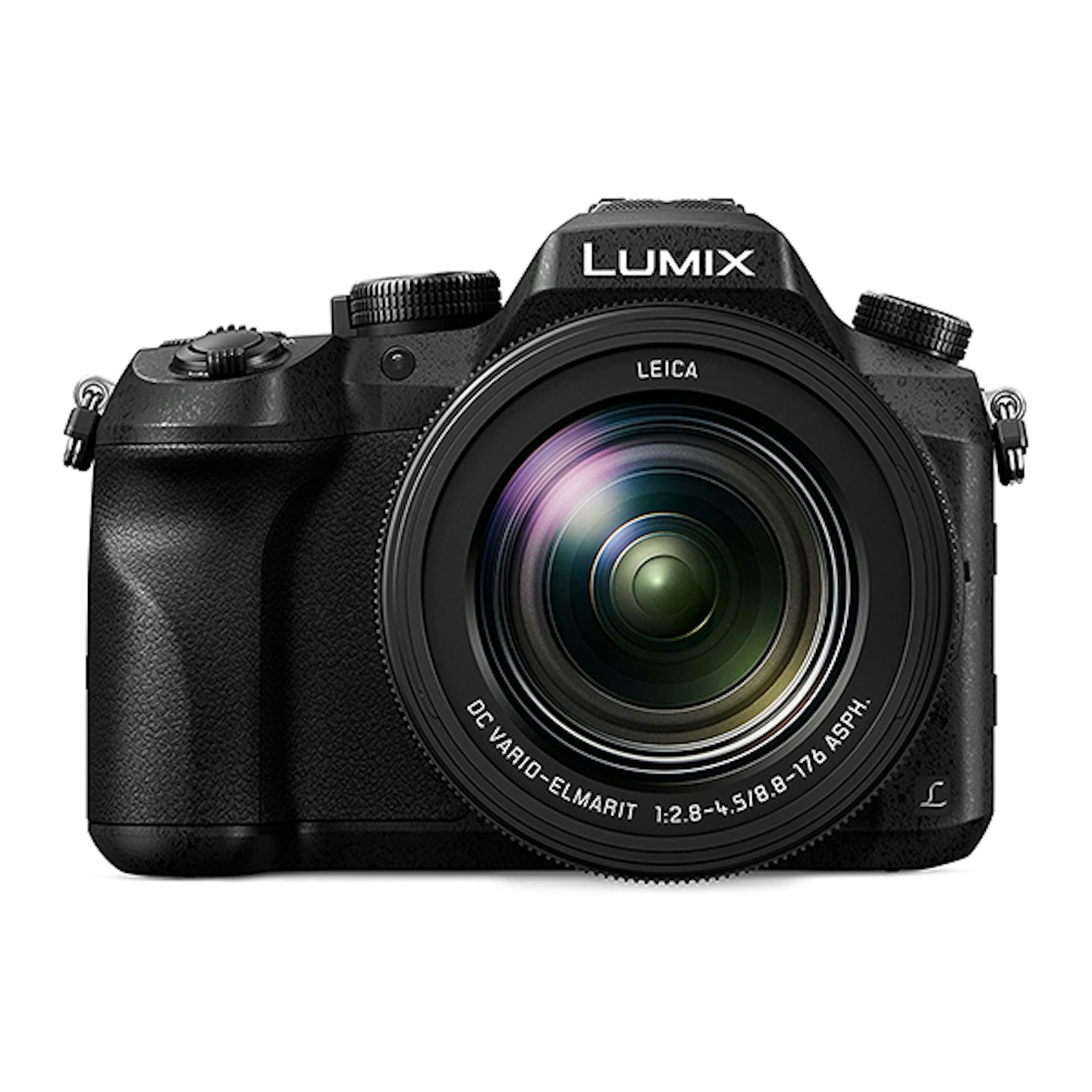 4 of 7
4 of 7Panasonic LUMIX DMC-FZ2000EB
If it's versatility that you're after, that then Panasonic Lumix FZ2500 / FZ2000 is the one for you. This wildlife bridge camera boasts 20x zoom and is an excellent choice for entry-level photographers. It's excellent value for money and comes with a decent 16x optical zoom lens (24-480mm) which never seems to disappoint. It also has a 1-inch-high quality sensor, great burst modes (with a rate of 12fps) and 4k 30p video.
Pros: Impressive image quality, great zoom range
Cons: Poor battery life
Spec:
Size: 5.42 x 4.01 x 5.3 inches
Weight: 996g
Camera: Compact
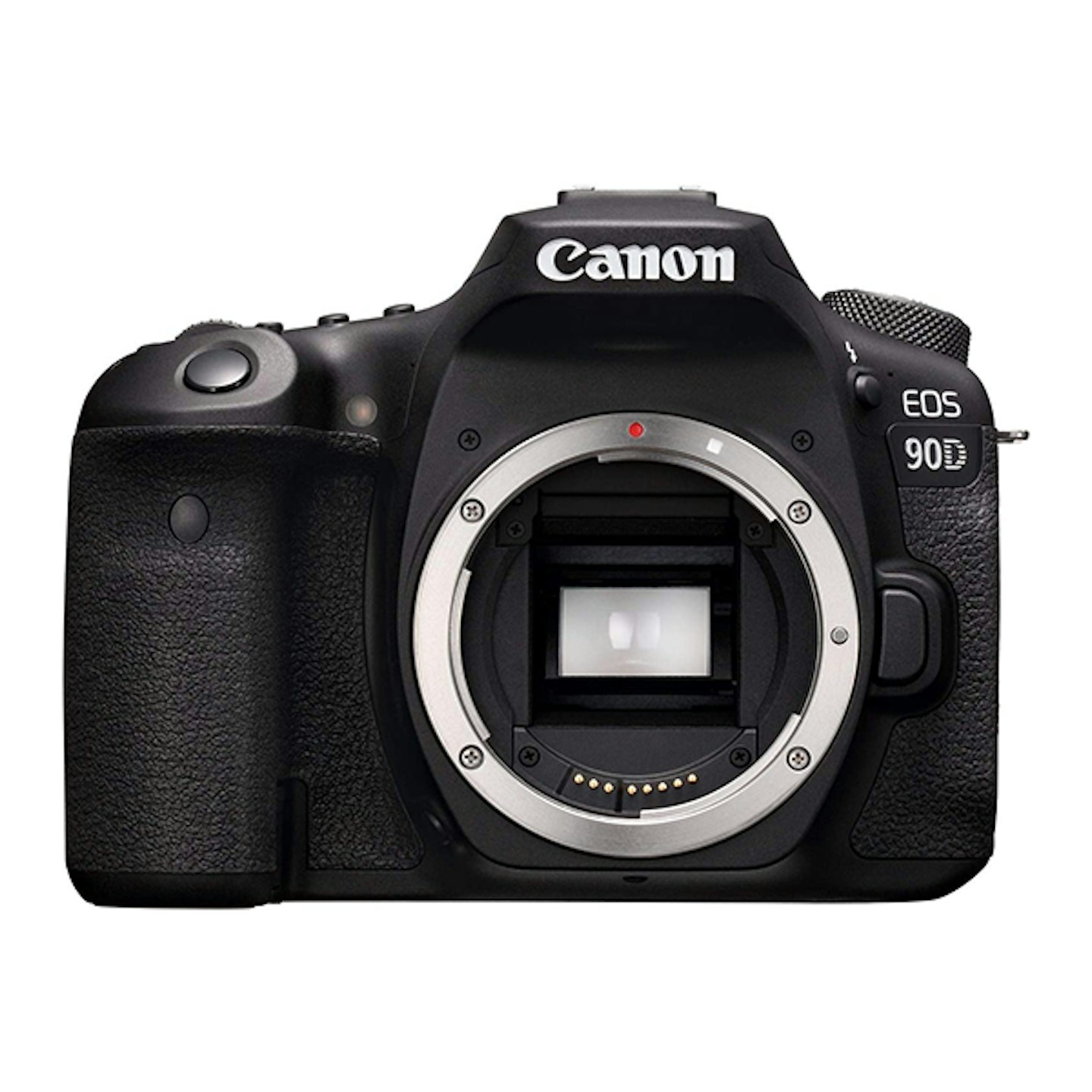 5 of 7
5 of 7Canon EOS 90D Body
With high performance and a quality sensor, the Canon EOS 90D is without a shadow of a doubt one of the best wildlife cameras. It's quite an impressive piece of tech, too, boasting state-of-the-art features including un-cropped 4k video, 32.5MP APS-C sensor, a burst rate of 10fps and buffer of 25 shots (raw). It also lets you take an impressive 1,300 shots over one battery life and boasts a superb touchscreen interface. The 45-point phase-detect AF system is also an added bonus.
Pros: 4k video uncropped, vari-angle touchscreen
Cons: Poor buffer capacity, heavy JPEG, noise reduction
Spec:
Size: 140.7 x 104.8 x 76.8mm
Weight: 701g
Camera: DSLR
 6 of 7
6 of 7Panasonic LUMIX DC-G9EB-K G9 Mirrorless Camera body
The Panasonic G9 is another favourite of ours, and one of the best wildlife cameras money can buy. This model has plenty of superb features, these include being able to capture high-quality images as well as 4k 60p video. It has 20.3MP image resolution, extensive range, as well as a 5-axis built-in image stabilization. The four-thirds sized sensor has a crop factor of 2.0x, continuous autofocus and a decent shutter.
Pros: Great image quality Quick shooting speeds
Cons: No phase-detection autofocus, 4k60p, 10-minute video limit
Spec:
Size: 5.39 x 3.82 x 3.62 inches
Weight: 658g
Camera: SLR-style mirrorless
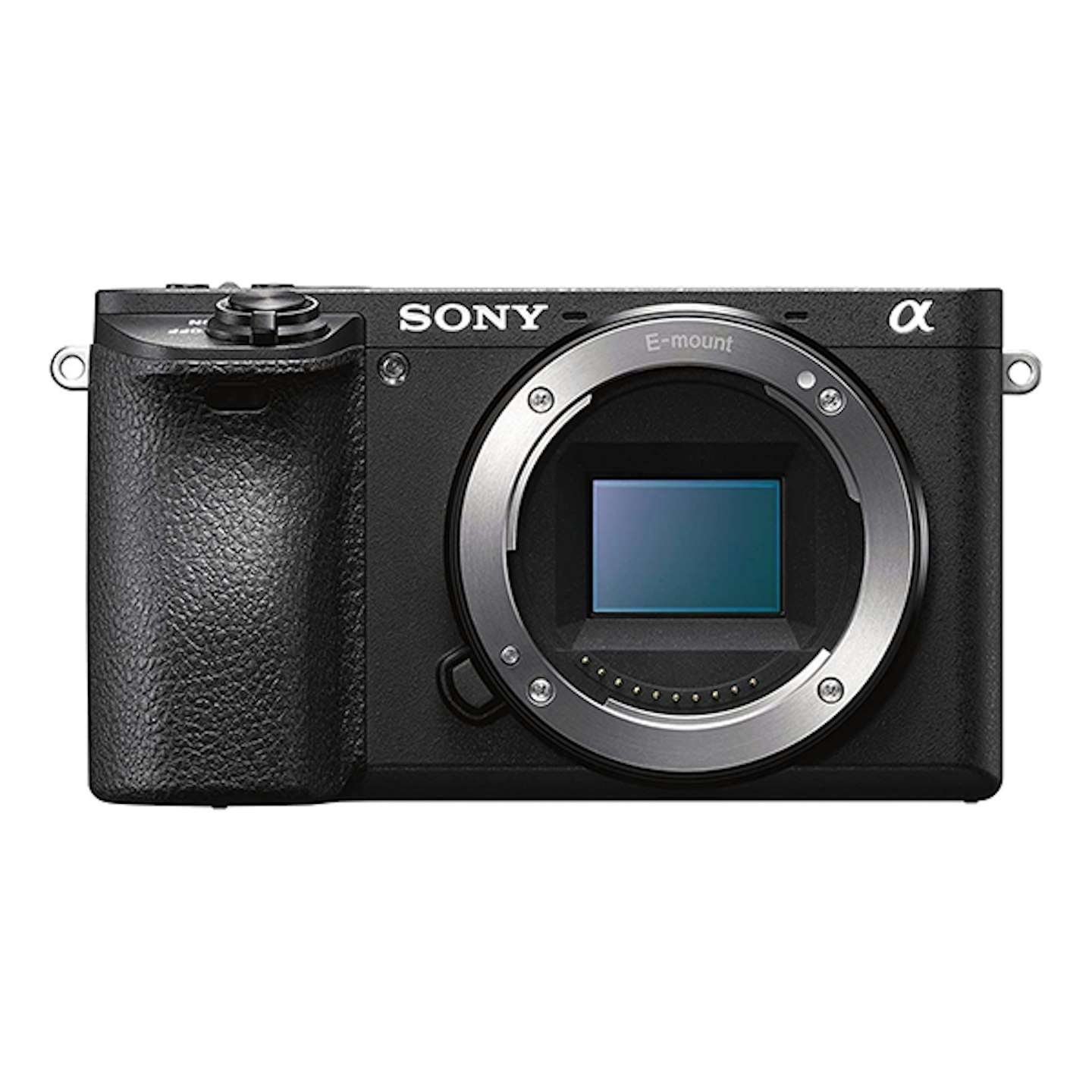 7 of 7
7 of 7Sony Alpha 6500 | APS-C Mirrorless Camera
This is the most affordable full-frame sector wildlife camera. It's incredibly lightweight and compact, so is an excellent fit for anyone taking long days out to capture photos. This mirrorless model also is incredibly fast (11 fps), reliable, and has a superb autofocus coverage. With its 425 point and Alpha seven range, you'll be able to capture the most unpredictable wildlife. All in all, this is truly an impressive piece of camera gear.
Pros: Lightweight, accurate and quick
Cons: Limited physical controls
Spec:
Size: 4.7 x 2.6 x 2.1 inches
Weight: 453g
Camera: full-frame mirrorless
